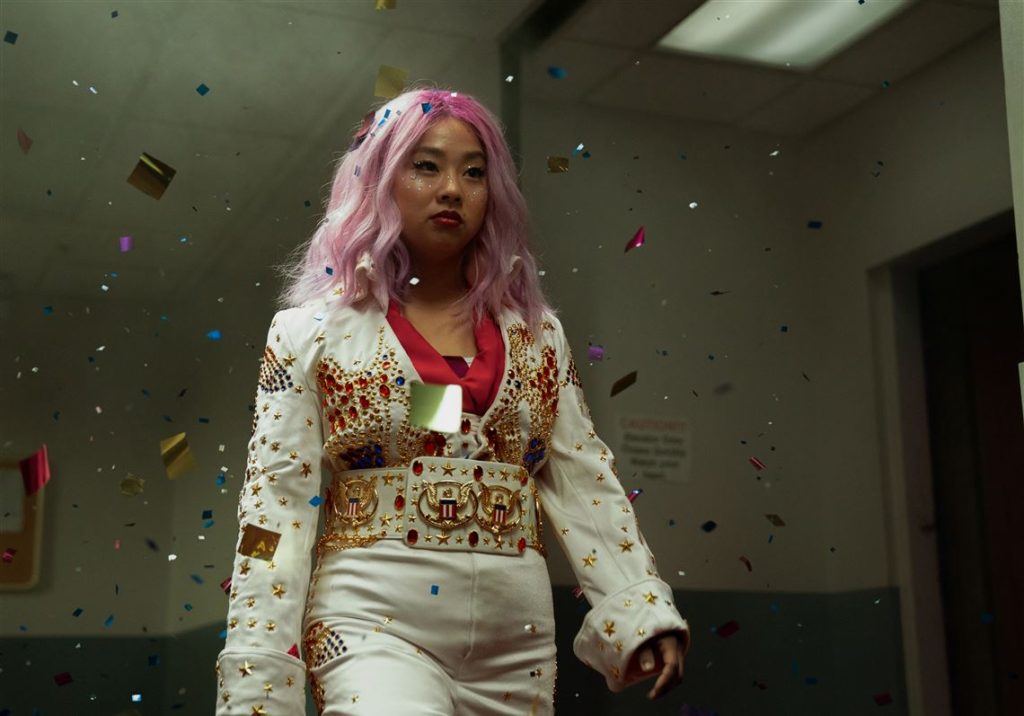Everything Everywhere All at Once is a simultaneous coming-of-age, sci-fi thriller, family comedy with a stellar cast that performs at the highest caliber. The film follows a mother who owns a laundromat suddenly tasked with saving the world. As she traverses life-threatening danger and a tumultuous relationship with her daughter, she learns more about the insignificance of life but, above all, its utmost importance.
The film was released on March 30th but has already become one of the highest-grossing A24 films in the history of the production company’s time in the film industry. The independent film distributor can be hit-or-miss, making some of last decade’s best horror movies and strangest dramas. Their flair for indie artisanship can act as a strength or a barrier, often depending on the directors of the film to determine the quality of a feature. Everything Everywhere All at Once is a stunning addition to their portfolio, hopefully serving as an indicator for more triumphs to come.

Hollywood legend Michelle Yeoh gives a heart-wrenching performance that individuals from all backgrounds will relate to. Her character grapples with the infinite possibility that she could have lived a completely different life. This, in addition to the financial troubles her laundromat experiences and her desire to impress her father makes her a conduit for vulnerability and strong emotion. Her daughter (Stephanie Hsu), an all-powerful being from another dimension, is the primary villain of the film, making for emotional action sequences that genre-bend from start to finish.
The conflict that exists between Evelyn Wang and her daughter Joy is largely centered around Joy’s sexuality. When Evelyn refuses to tell her father that Joy has a girlfriend, the two spiral into a series of events that leave them questioning the very nature of their relationship. Although family dysfunction is not uncommon to be present on the big screen, the narratives often fall into stereotypical patterns of portrayal.
Joy’s identity as a queer Asian American woman puts an identity on screen that often goes underrepresented. Many LGBT people have expressed their adoration for the film, noting that Joy is not a token gay character. Her queerness is just as much a part of her as her humanity, a feature often left out of stories that seek solely to portray offensive coming-out narratives that hardly apply critical thinking to the nuance of interpersonal relationships between queer and straight individuals. Even the Mitski song in the credits serves as a testament to the human experience.
Although the film is technically science fiction due to its dimension-jumping messianic mayhem, its strength lies in its reality; this story is about a family just like yours or mine. It’s not always pretty, it can be strange and unreliable, and there are moments that leave you wondering what you got yourself into. But above all, it’s marvelous. I wasn’t expecting to cry over a movie about martial arts and taxes, but I’m glad that this piece resonated with me. Everything Everywhere All at Once is a sensory overload to remember, and is out now in theaters across the country.




